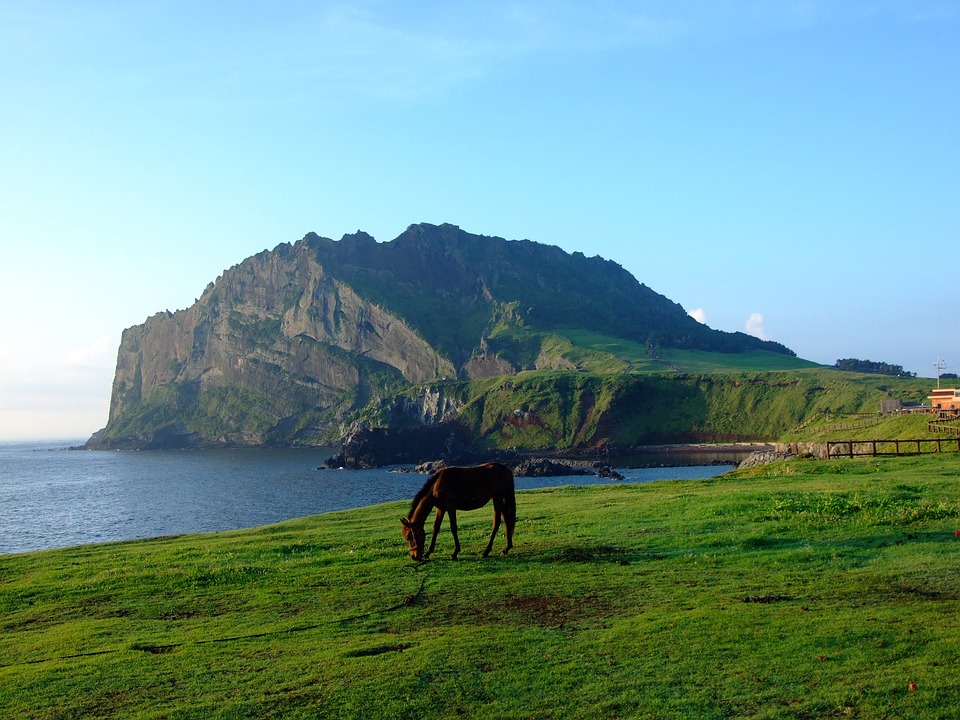
“Despite the THAAD issues, Jeju managed to stay relatively sound in terms of the tourist count, backed by strong demand from locals and steady inflows from Japan and Southeast Asia.” (image: Jeju)
SEOUL, April 5 (Korea Bizwire) – The tourism industry on South Korea’s resort island of Jeju remained relatively sound in March, despite worries about a serious economic setback from China’s travel package ban to its neighbor amid a diplomatic standoff, industry sources said Wednesday.
The number of tourists who came to Jeju Island was 1.25 million between March 1 and April 3, down 3.9 percent from a year earlier, according to the data by the Jeju Provincial Tourism Association.
Of the tally, foreign tourists plunged by 56.4 percent to 118,410, but local visitors jumped by 10 percent to some 1.13 million over the cited period, it said.
The data reflected the anticipated outcome after Beijing’s order on its travel agencies to stop selling tours to Korea went into effect March 15. China has stepped up its restrictions on Korean companies and goods, in retribution for Seoul’s installation of the U.S. Terminal High Altitude Area Defense (THAAD) system on its soil.
The number of Chinese tourists declined 36.6 percent to 61,477 between March 1-15. Since March 16, the figure has nearly halved to some 19,000, according to the association.
But the popular tourist island, located off the southern tip of the Korean Peninsula, has shrugged off such concerns on the back of robust non-Chinese demand.
“Despite the THAAD issues, Jeju managed to stay relatively sound in terms of the tourist count, backed by strong demand from locals and steady inflows from Japan and Southeast Asia,” an official at the association said.
The number of Japanese visitors rose 8.3 percent to 4,138 in the cited period, with that of other regions, including Southeast Asia, gaining 7.4 percent to 33,805, the association said.
(Yonhap)






